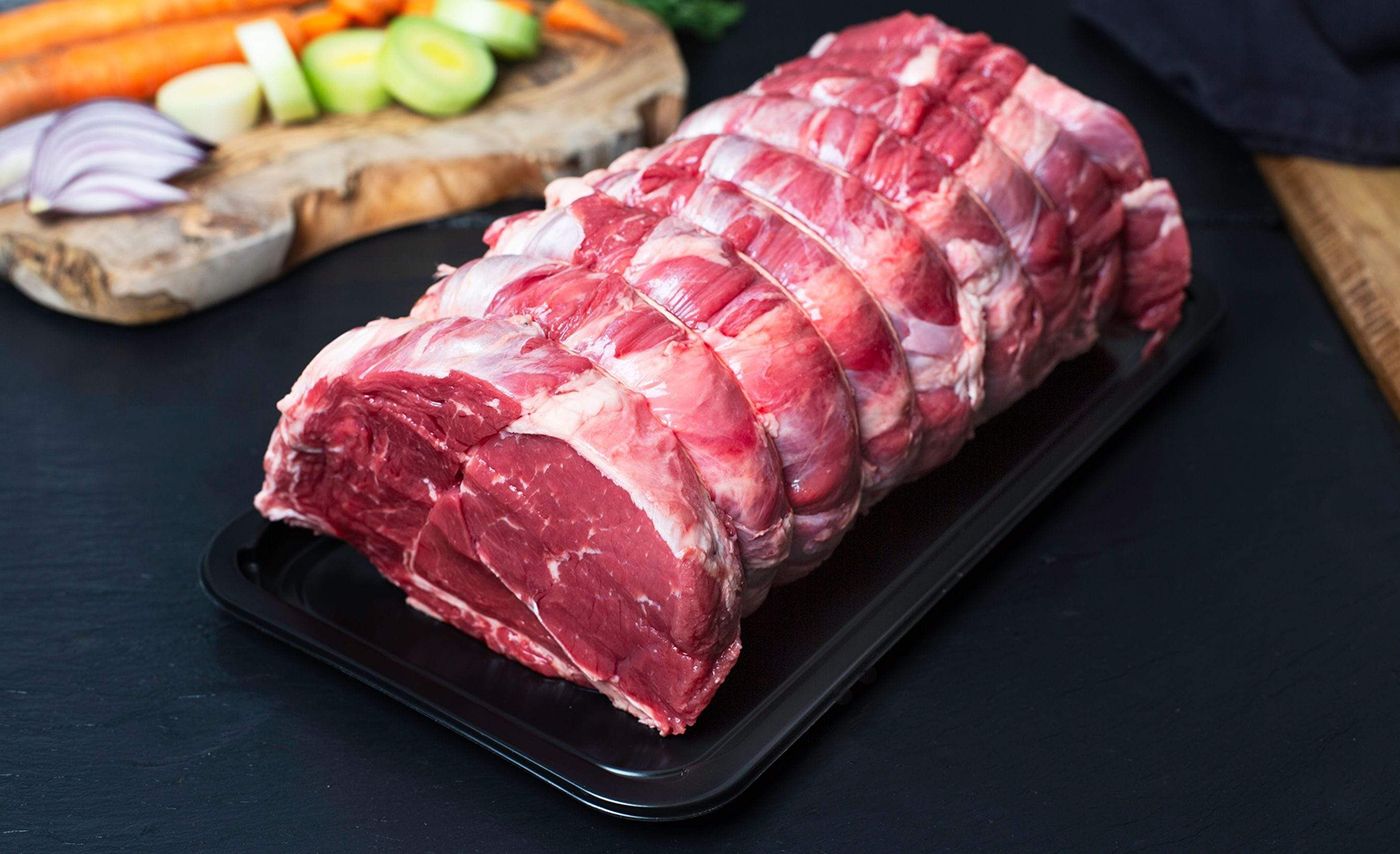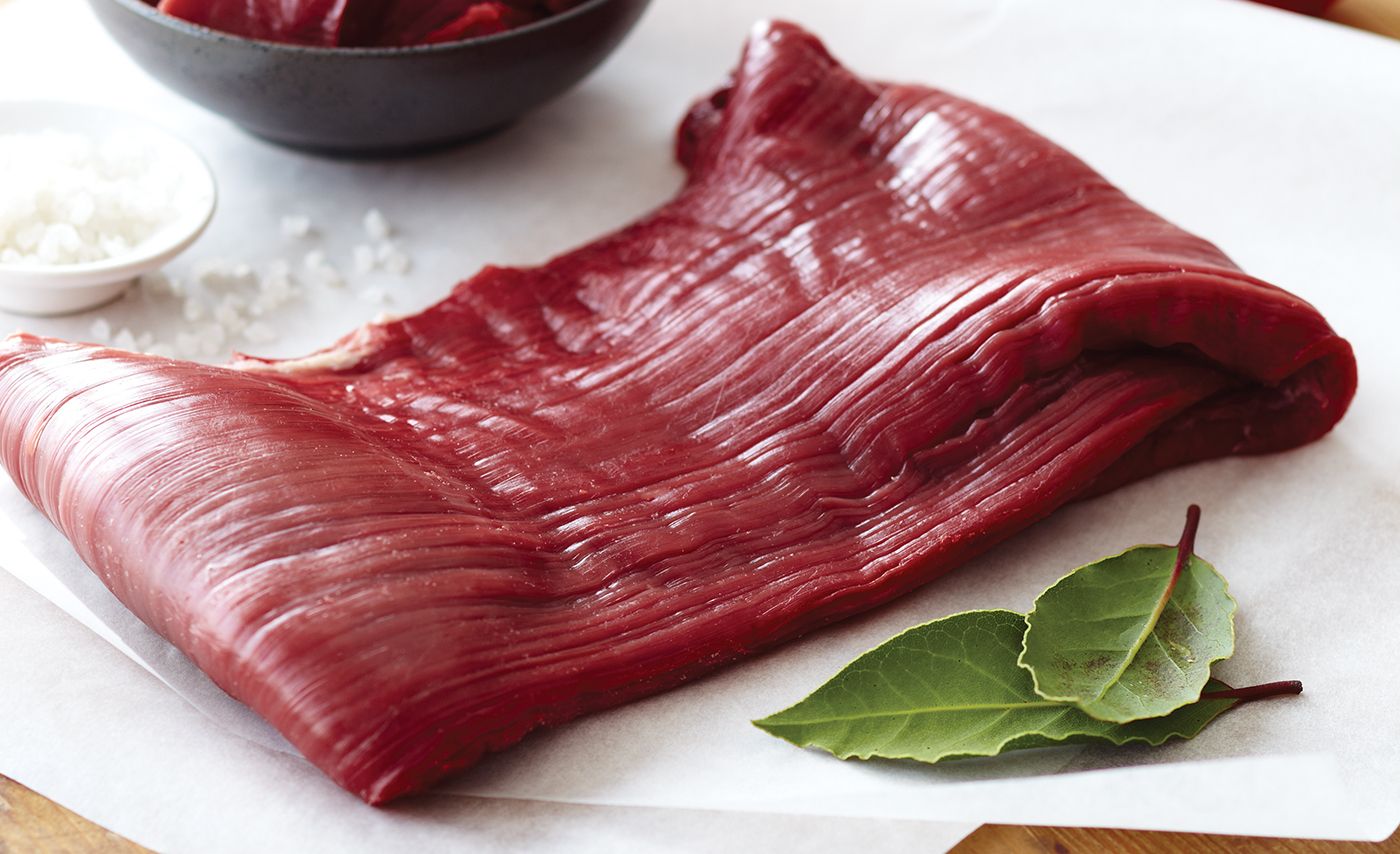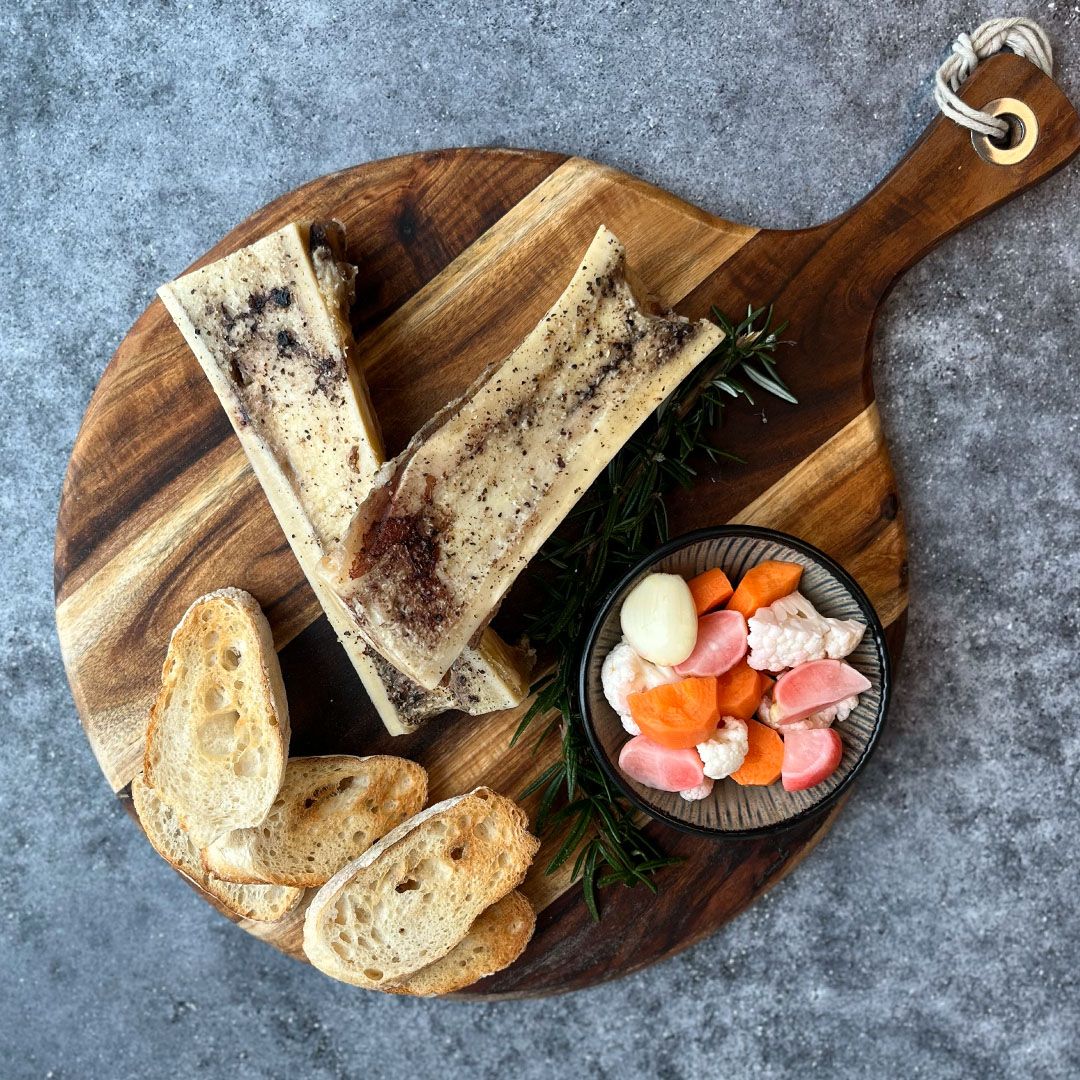Learn
| Tips & Tricks | Making the most of meat
Making the most of meat
Meat may often be the most expensive ingredient on the plate, therefore it's wise to cook it in a way that maximises the yield of each portion, and minimises cooking losses.
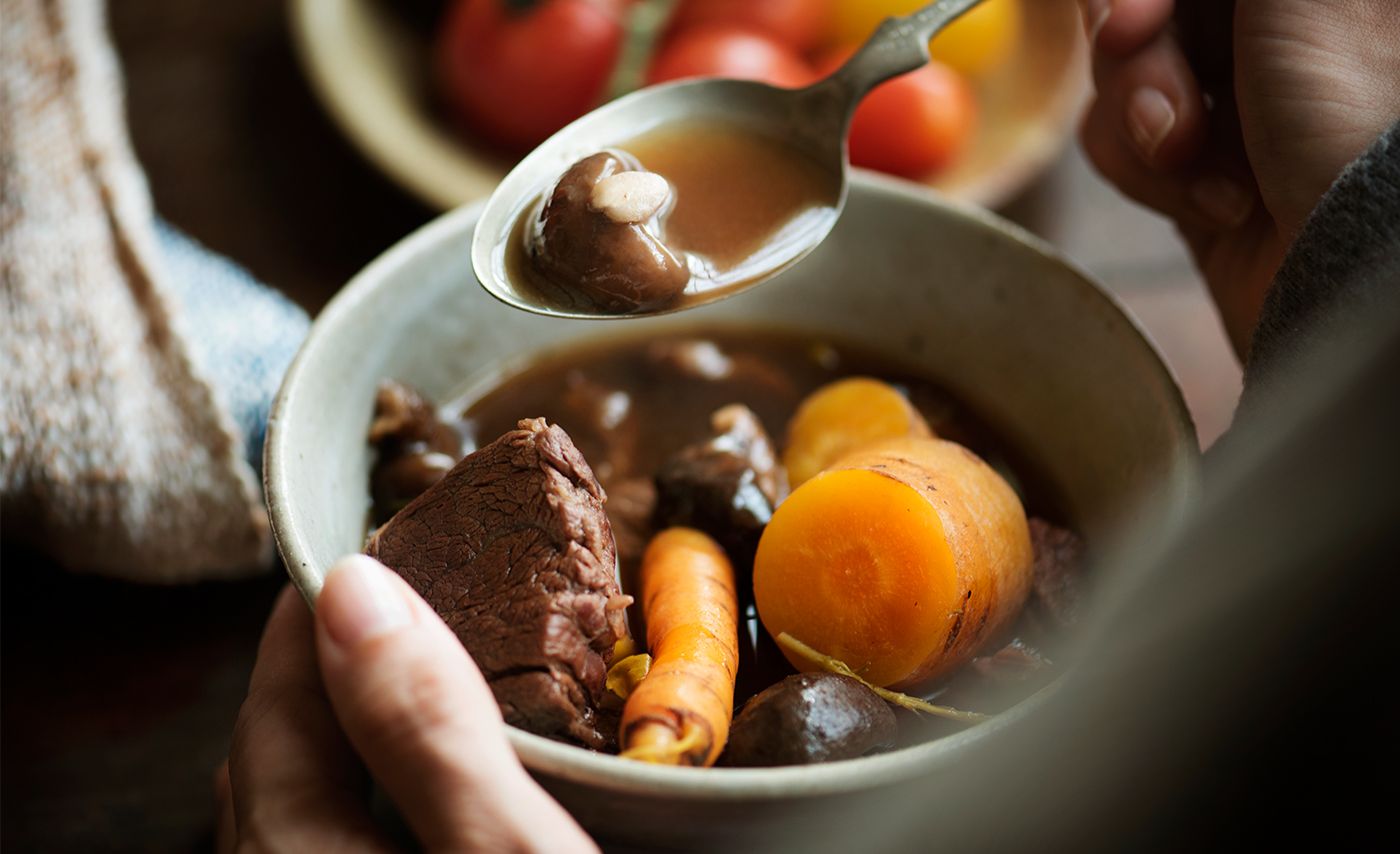
How much do you need?
The recommended portion of cooked red meat is 100-150g. The amount of raw meat required for that serving depends on how much the meat shrinks during cooking as well as the particular cut, its size, fat and bone content, and the degree of doneness. Generally, cooking losses range from 1/4 to 1/3 of the raw meat weight. Remember, cooking losses in small roasts and portion cuts tend to be greater than in larger cuts.
Cooking losses
There are two kinds of cooking losses. Yields may be reduced by cooking/shrinkage losses and by wastage in carving and serving. The cooking or shrinkage loss is the actual weight difference between the uncooked cut and the cooked meat before it is carved.
Slicing and serving losses are due to fat trim, poor carving, or smaller portions that are not suitable for serving. Shrinkage occurs when water evaporates from the surface of the meat and when fat, water and juices leak from the meat. Shrinkage is affected by the cooking method, duration and temperatures, and degree of doneness. Shrinkage during cooking is inevitable and it occurs with every cooking method. It can be as low as 10%, or as high as 50%, but the average shrinkage loss is between 15% and 30%.
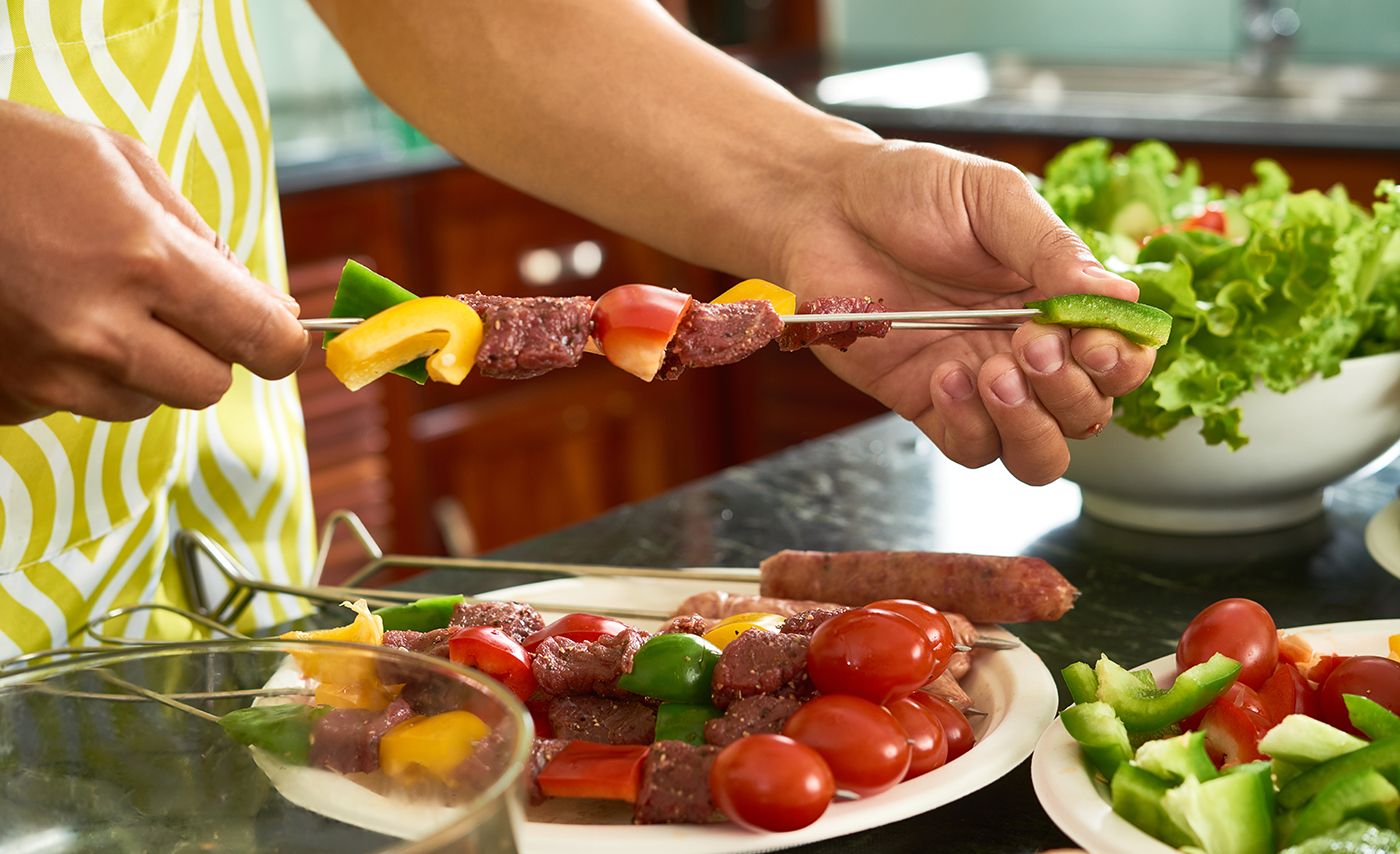
Get the most out of beef and lamb when cooking by:
- Keep cooking temperatures low - Some cooking loss is unavoidable, but using low cooking temperatures keeps it to a minimum. Tests show that even when two beef roasts are cooked to the same degree of doneness, roasting losses are usually less at a lower, constant temperature for a longer period of time compared to a higher temperature for a shorter time.
- Simmer, don't boil - Gentle simmering cooks meat evenly. Simmered meats have less cooking loss than boiled meats.
- Grill, don't burn - Grilling requires high temperatures. If the temperature is too high it will burn the outside of the meat and dry, shrink and cook it unevenly.
- Don't cook meats longer than necessary - (But ensure the internal temperature is high enough to kill bacteria). The longer a roast is in the oven, the more it shrinks so do not overcook. The larger the cut, the longer the cooking time needed, but keep in mind that a thin, flat roast might take half the cooking time of a thicker roast of the same weight. Always take into account the shape as well as the cut and weight of the meat when calculating the cooking time.
- Note the cooking load - Remember the cooking load affects cooking time. Three roasts placed together in the conventional oven will take longer to cook than one roast because heat is dissipated into the greater mass of meat.
- Carve it right to cut losses - Good carving techniques help to minimise meat losses during slicing. Carve meat across the grain for optimum tenderness.
- Trimmings - Put them to good use and use in leftovers such as sandwiches and pies.
- Bones and sinews - Use in stock making, for sauces, soups etc.
- Large trimmings - Dice or cut into strips for casseroles, kebabs, and stir-fries.
- Small trimmings - Mince for use in pies, patties, meatloaves.
Posted by Shawn Moodie

